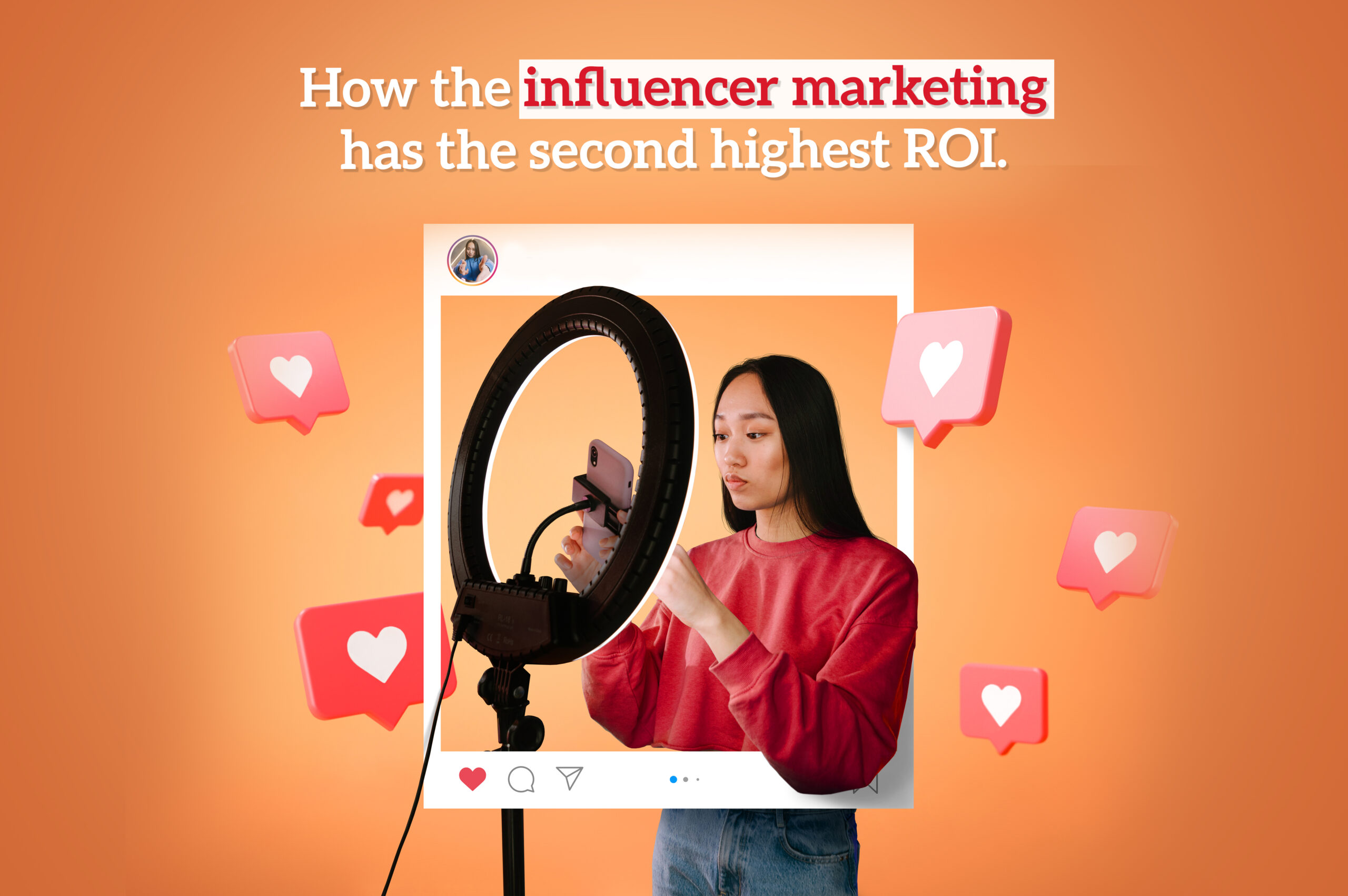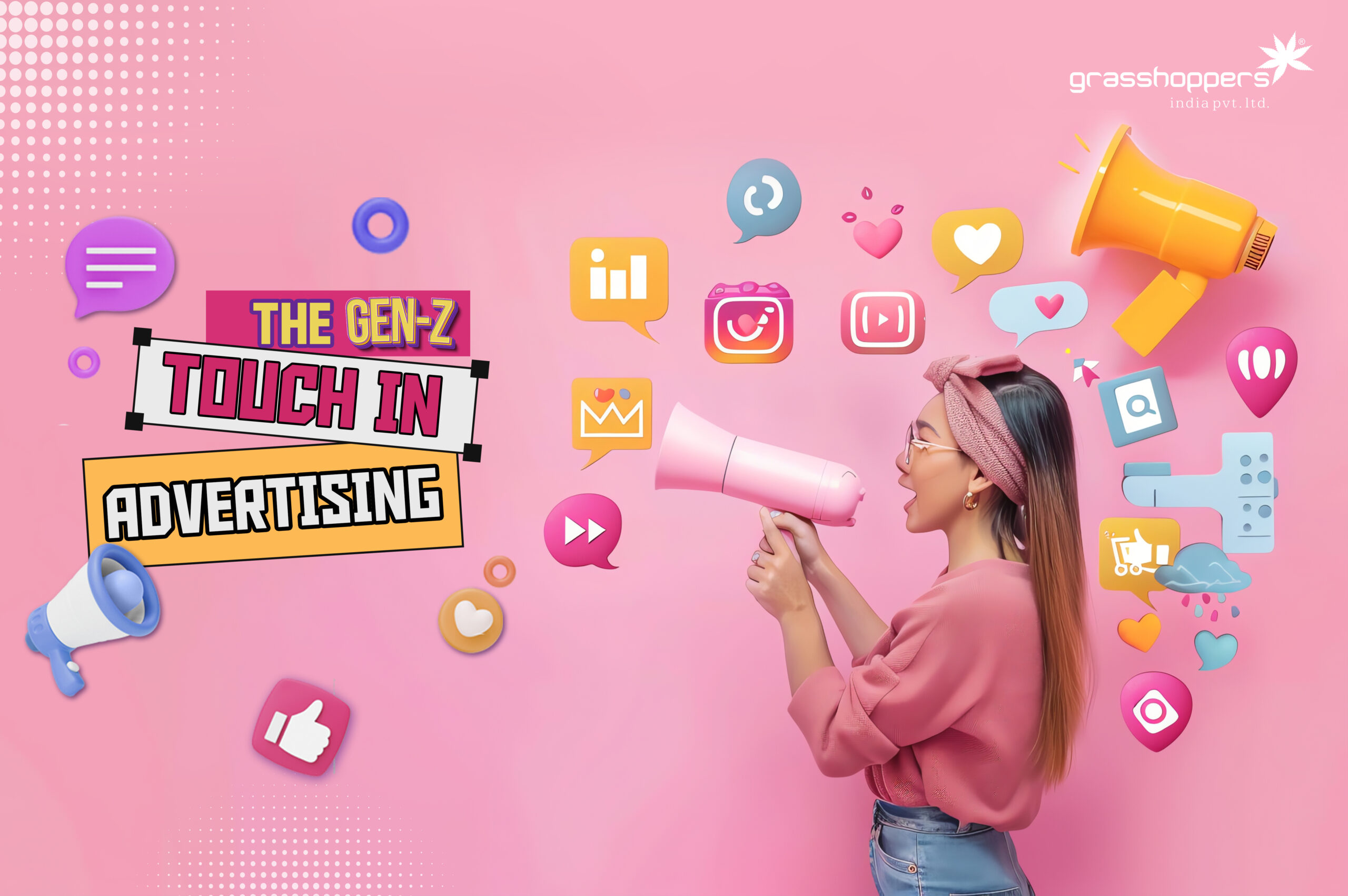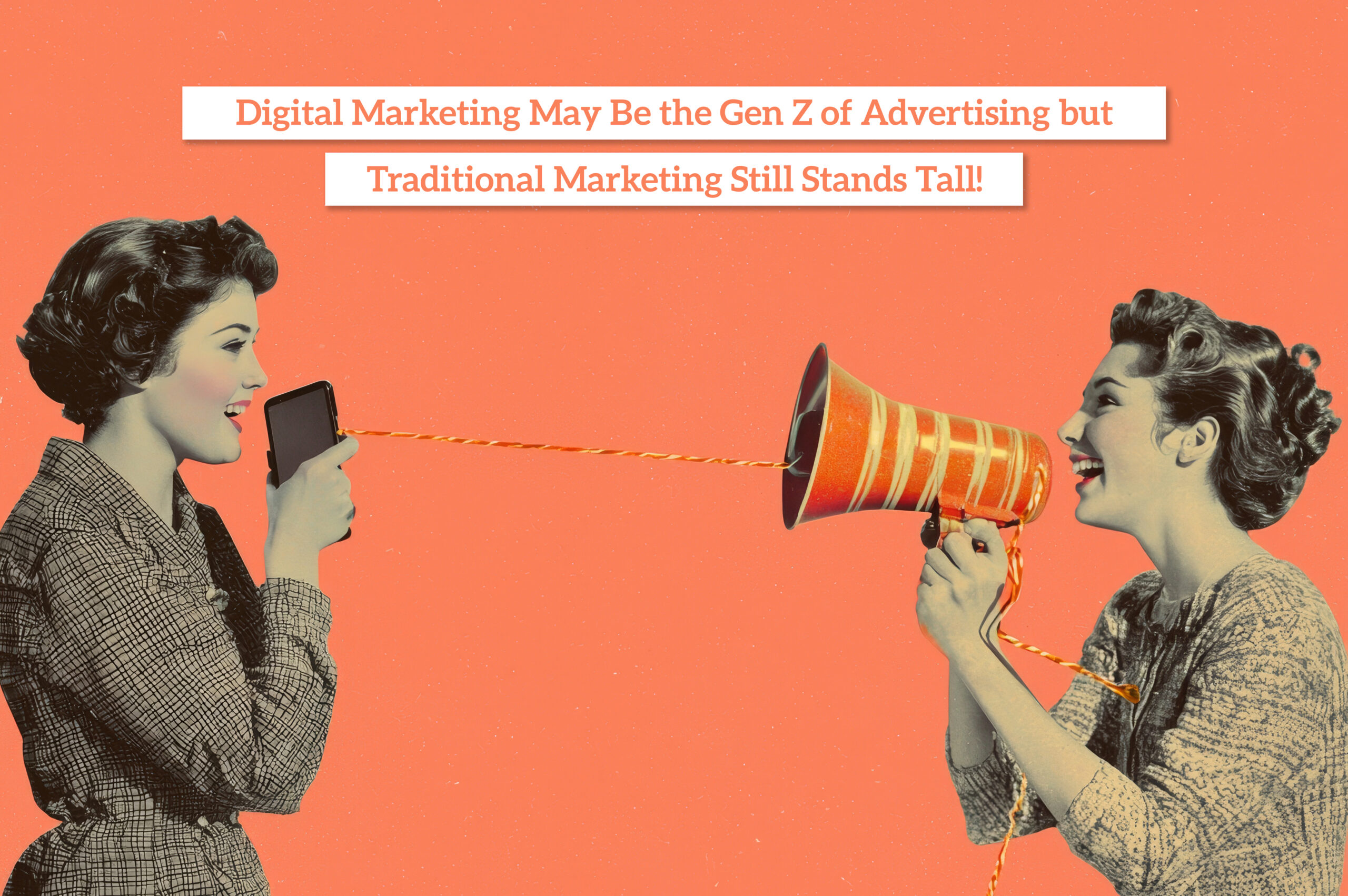A recent report, said that the domestic advertising industry has been growing at 18.1% since 2021 with a market size of ₹85,769 crore.1
Upon hearing the word influencer, the image of a known celebrity immediately comes to mind, but those are not the only marketing personalities that brands employ in their marketing campaigns. Influencers are defined as opinion leaders in social media networks. According to the perspective of marketing, an influencer is anyone with the influence to sway your decision of purchase regarding a product or a service. EY’s report in 2024 titled the ‘State of Influencer Marketing in India’, states that the influencer marketing sector is projected to grow by 24%, worth INR 2,344 crore.2

Types of Social Media Influencers
a. Nano-influencers: They have 10,000 influencers or fewer, such as @disksha_khosla, @technologyjock.
b. Micro-influencers: Micro-influencers have 10,000 to 100,000 followers. @drawwithvanshika
c. Macro-influencers: Macro-influencers have 100,000 to 1 million followers, like @funnymaniiiii.
d. Mega-influencers: Mega-influencers like @therajivmakhni have 1 million+ followers.
Benefits of Influencer Marketing
a. Authenticity
Data suggests that audiences do not distinguish between paid and unpaid posts. The word-of-mouth that it creates proves beneficial for the brand, even after the campaign’s conclusion.
Cipla’s created the Breathefree #InhalersHainSahi campaign, partnering with popular figures across sectors like sports, hospitality, movies, and comedy to normalise the use of inhalers in the Indian society.4
b. Cost-effectiveness

Influencer marketing proves to have the second highest ROI and helps maximize the effectiveness of a brand’s marketing spend.
c. Establish Social Proof
Influencer collaborations help in promoting a brand’s visibility, and presence, as well as boost its SEO scores.
Westside collaborates regularly with micro-influencers as well as Bollywood celebrities on its Instagram account, posting content on product launches, and podcasts.
Developing Influencer Marketing Campaigns
1. Define Objectives
Begin with the end goal of a campaign in mind. Generating visibility, attracting and informing the audience are some of the objectives that a campaign can have.
2. Define Target Audience
Depending on the objective, audiences can be grouped as per demographics, economic and social class, and the medium where they are the most active.
3. Craft Message
The next step after deciding the objective and audience, is creating content for the campaign. It should be easy for the influencer to share the brand or organization’s message.
To rope in the younger generation of noodle consumers veering towards Korean noodle brands, Maggi collaborated with popular Instagram influencers, showing that their new noodles were irresistible.
4. Measure Success
After running the campaign, it becomes necessary to track its success. Some of the metrics that can be employed are website traffic, engagement, and conversions.









Leave a Reply